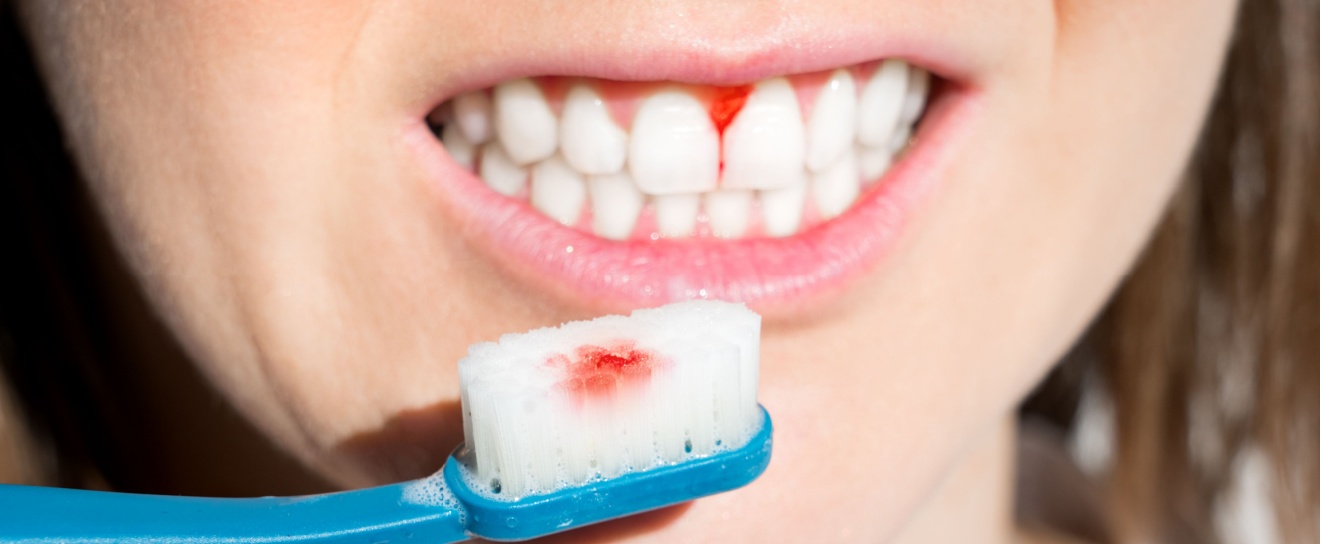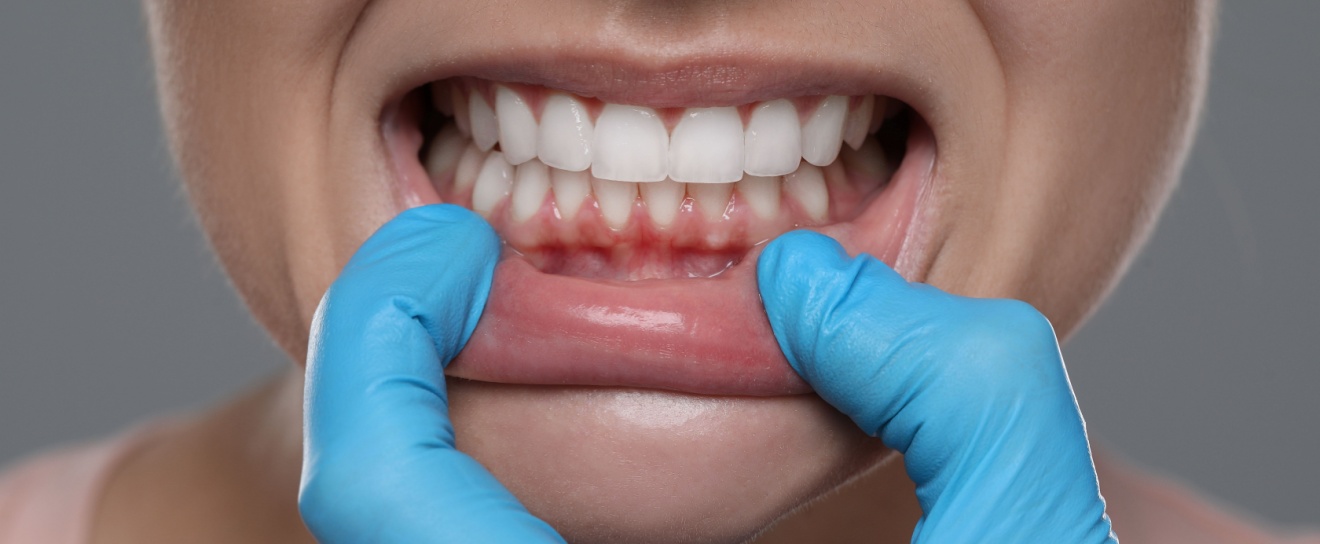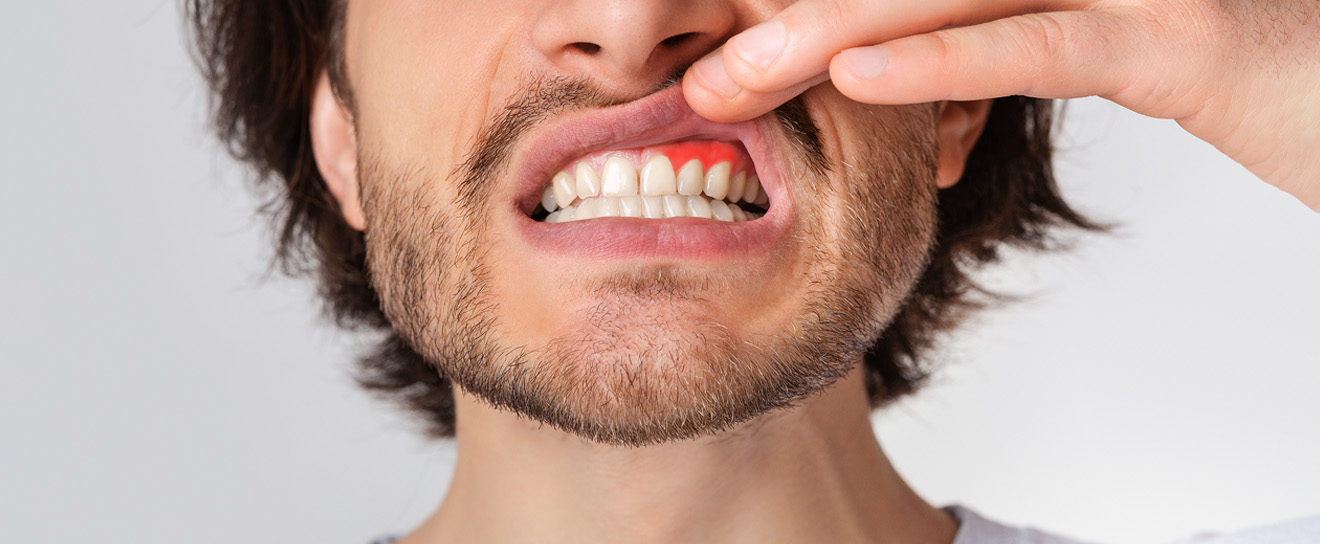Gum disease is a condition that can have a surprisingly widespread impact on your oral and physical health. Untreated gum disease can obviously cause problems with your gums and teeth, but it has also been linked to physical illnesses like diabetes, heart disease, and stroke. The potential seriousness of these side effects makes it important for you to learn the signs of gum disease so you can protect your health. Five telltale signs of gum disease are puffy/swollen gums, red/patchy gums, bleeding gums, and receding gums.
Puffy and Swollen Gums
Puffy and/or swollen gums are a sign that there is a problem. If your gums are healthy, they should not appear to be puffy or swollen. Tartar buildup on your gumline can irritate your gums and cause them to start swelling. This is a sign of gum disease and should prompt you to take action. The good news is that puffy gums are often an early sign of gum disease and can generally be dealt with by improving your oral hygiene routine.
Red and Patchy Gums
Healthy gums should appear to be a consistent shade of pink. If your gums look red or have patches that are red, it is a telltale sign of gum disease. Gingivitis can cause your gums to look inflamed as bacteria lead to infection. Red gums are another early sign of gum disease and should initially be treated with improved oral hygiene and regular dental cleanings.
Bleeding Gums
Your teeth should not regularly bleed when you brush and floss. Sometimes bleeding is a result of using a toothbrush that is too stiff or applying excessive pressure when you brush or floss. More often, however, bleeding gums are a result of gum disease. If you experience bleeding gums when you floss, it is a sign that you need to floss more often and try to improve your overall oral care routine. At the first sign of bleeding gums, you should take an honest look at your oral care routine and determine where improvement is possible.
Receding Gums
Receding gums are a sign of the more serious type of gum disease – periodontitis. It can be difficult to determine on your own if your gums are receding because it is often a gradual process. The best way to keep an eye on this sign of gum disease is by keeping up with your routine dental appointments. At each appointment, the hygienist and dentist will look at the condition of your gums and take measurements to compare to previous/future measurements. These measurements will let you know if your gums are receding and allow your dentist to provide appropriate treatment options. If you do not address receding gums, it can cause your teeth to become loose and eventually fall out.
Knowing these telltale signs of gum disease can help you protect your teeth, gums, and overall health from the damage gum disease can cause. Keeping an eye out for these symptoms, staying consistent with your oral hygiene routine, and going to your routine dental appointments will give you the best possible chance to protect yourself from gum disease.



